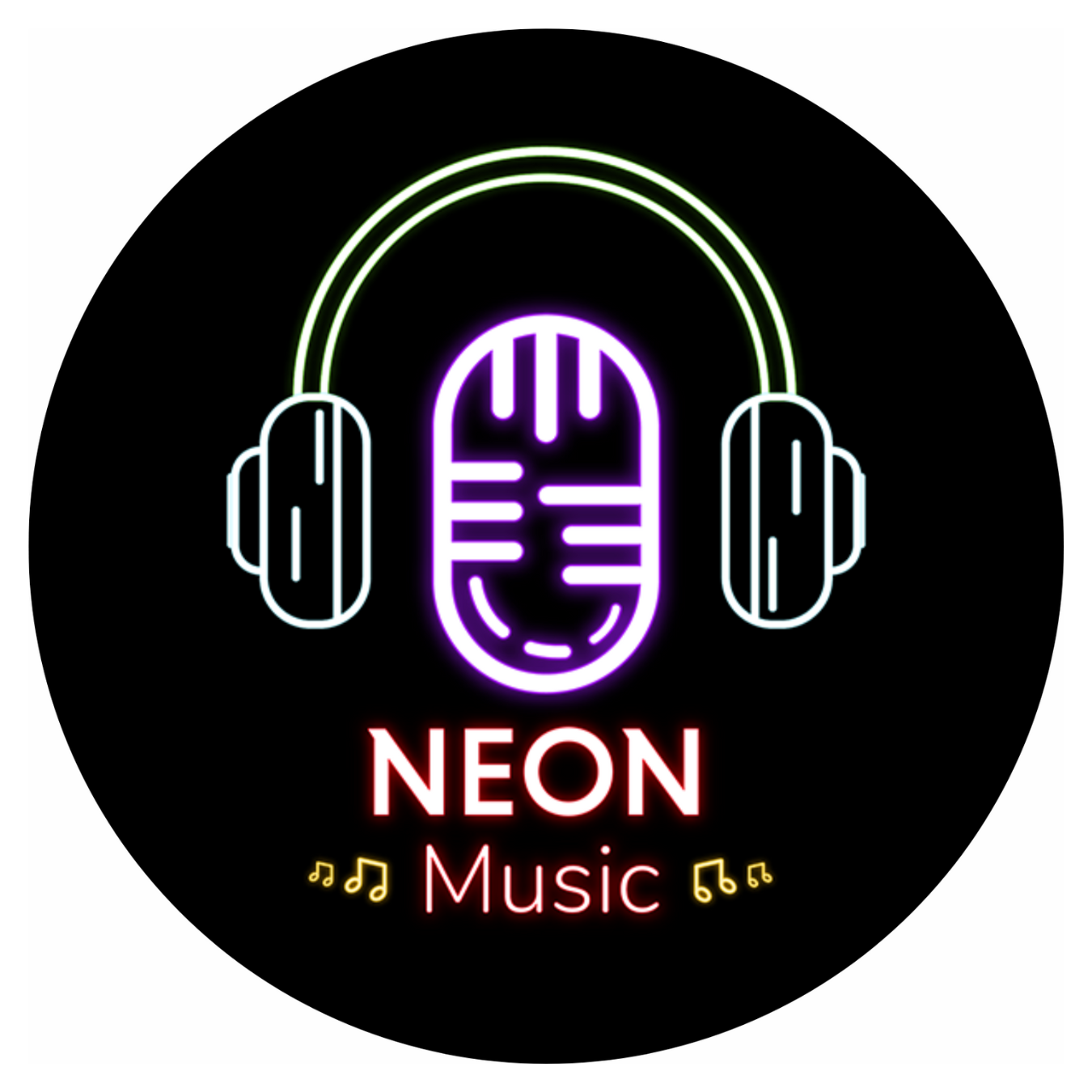Realistically, even the most beautiful game would feel hollow without good audio. It’s the sound that makes a game beat.
It’s the music that gives build-up to a boss fight, the clicking that informs the move you make, and the whispering footsteps that make you look back.
Sound influences our emotions, responses, and the way we relate to what’s being shown on screen. It leads us, brings us down, and even messes with our feelings in the best manner possible.
Every sound in gaming UX, be that a roar, a jingle, or just absolute silence, contributes to drawing us into the experience further and brings the digital world to life.
Audio Shapes Emotional Immersion

Proper sound not only fills the silence, but it also makes you feel the game. It’s what causes your heartbeat to spike during that epic confrontation or gives you chills up your spine after a scary sequence.
The music, ambient sounds, and voice acting are all combined to make you forget what’s real and what’s not, and get you more immersed in the narrative.
When it comes to gaming UX, the best audio design is not what you hear, but what you feel in every single moment you are playing.
Sound Cues Improve Player Feedback
Did you ever notice that awesome click when you choose something in a game, or that sharp sound when you make a perfect hit?
Sounds are not there to be merely fun–it is also feedback in effect. Good sound cues make it a lot easier to see that the game is really listening to your actions, and make the game a lot more responsive and flowing.
Gameplay would feel really detached or flat without those sounds, however good the images are. These auditory cues make the users of gaming UX assured, entertained, and completely attentive to all the actions they take.
3D Audio Elevates Spatial Awareness
Gaming is brought to a brand new level with 3D audio, which allows you not only to see, but also to hear what is happening.
You know where the sound is and are able to know things such as sneaking footsteps or a car going by, and the reaction you have is changed instantly.
It is not a gimmick, but a massive component in the gameplay that makes it feel natural and instinctive, especially in online pokies Australia real money games that rely a lot on sensory engagement.
Spatial audio in gaming UX turns the sound into awareness by defining each moment as sharper, faster, and much more immersive.
Adaptive Music Enhances Flow State
Have you ever noticed how game music increases in intensity when there is something going on, and then it calms down? It’s music that’s produced adaptively in the background.
It’s responsive to what you are doing, and it is in step with your rhythm and mood. When properly executed, you will stay in that blissful state where everything just feels correct – you’re not thinking, you’re playing.
The music serves as a hidden companion that pushes the tension when necessary and allows you to breathe when it stops.
It’s one of those little UX design tricks that makes a game feel lively without you even knowing why.
Accessibility Through Audio Design
Audio design not only focuses on making games sound good, but it also makes them playable to all. Sound guides, narration, and vibration feedback all help assist the players with poor sight to navigate the game.
These qualities make audio a very effective device that makes gaming more accommodating. In gaming UX, excellent sound design not only results in a better experience but also allows more people to share it.
Audio Branding Strengthens Game Identity

Have you ever heard a sound and recognized the game it belongs to? That is what audio branding is.
They serve as those tiny things like the jingle you hear as you start the game, the menu click, or that voice line a character has, and they all have a way of staying in your mind long after you have stopped playing.
You can also recognise the game quickly because its audio can also give it a certain personality; it’s like a logo or color scheme, but something that you can hear.
When developers nail that consistency, the entire experience is narrowed down and becomes memorable. In gaming UX, awesome audio branding is not merely there to add flair; it’s the identity that you can hear.
Why Sound Design Matters More Than You Think
The secret to transforming a simple game into something that you can actually feel is good audio design. It’s the heartbeat of all actions, the unseen power that makes you part of the world on the screen.
Sound is what binds everything together, whether it be a stressful soundtrack that is driving you on, a slight cue of the action you are making, or a background sound that makes a digital environment real.
It even adds to the game’s personality and identity – the thing that allows you to know them even when your eyes are shut.
Audio in gaming UX is not just a splash that is added; it makes the gameplay experience more emotional, immersive, and memorable.


